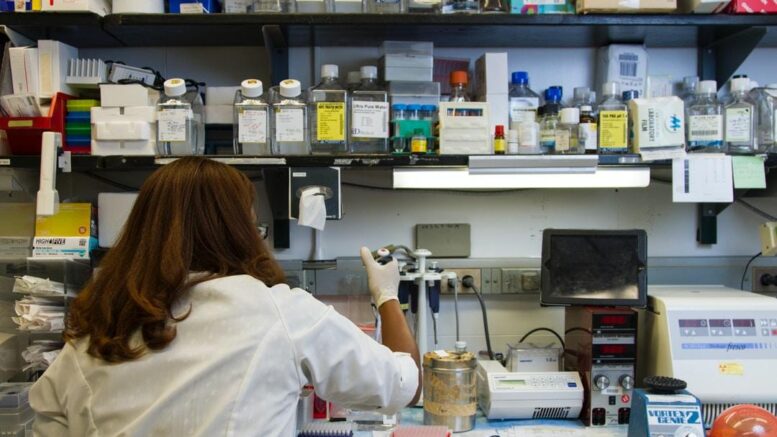Medical lab software is valuable and practical for laboratories that work with testing equipment, samples, and lab data. According to healthcare software development companies, by using lab software, laboratories can maintain accuracy and integrity, as well as lab equipment quality. Plus, labs can become more effective and productive.
Although all lab software is helpful in its own right, they can’t fit inside every laboratory. The choice you’ll make will depend on what type of business you run or what you’re replacing.
Laboratory Software You’ll Want for Your Medical Facility
Your medical business needs software to stay organized and run smoothly, but which one should you choose? Here are ten laboratory software types that could work in your lab.
1. A Laboratory Information Management System (LIMS) Software
Laboratory information management systems are commonly used in analytical labs because they can track samples. An LIMS then uses its metadata to analyze the results. Most LIMS can fully integrate with other software, specifically ELNs, to support other laboratory functions.
2. An Electronic Lab Notebook (ELN) Software
Electronic lab notebooks replace paper notebooks used in the R&D process. While most ELNs act as a data management platform that tracks equipment and inventories, Colabra’s software provide more functionality: it offers project management, protocols, and SOPs.
3. A Laboratory Data Management System (LDMS) Software
ELNs and LIMSs are phasing out laboratory data management systems, but they can still be used as cloud storage for research data. When included with LIMSs and ELNs, they act as backbone storage for metadata and off features like audit trails and lifecycle management.
4. A Chromatography Data Management System (CDMS) Software
A chromatography data management system functions similarly to an LDMS but offers extra features. For example, the CDMS has 21 CFR Part 11 regulated features. Most CDMS operate from the cloud to allow remote functionality, so lab techs can run data analysis from anywhere.
5. A Laboratory Execution System (LES) Software
Laboratory execution systems are specifically used to execute processes according to SOP. Most LES features are included in ELNs and LIMSs, but they may be used separately to outline specific procedures in the laboratory. LES also validates calculations and instrument interfaces.
6. A Process Analytical Technology (PAT) Software
Process analytical technology is designed to analyze and control pharmaceutical manufacturing processes through CPP and CQA. Primarily used in biotechnology production, PAT software must be approved by the FDA before it can manage control systems and adjust parameters.
7. A Laboratory Instrument Interface (LIIS) Software
Laboratory instrument interface software is a unit that acquires, stores, and transfers data to a microcomputer. Some laboratories will purchase additional software that allows them more flexibility with their equipment (like centrifuges). Most third-party software is more user-friendly.
8. A Middleware and Robotic Process Automation (RPA) Software
Without automation software, laboratories wouldn’t be able to exchange data between systems as effectively. Both middleware and robotic process automation software can minimize the number of tedious lab tasks. However, they’re often expensive for high-output laboratories.
9. An Automation Scheduling (AS) Software
Automation scheduling software can be integrated with an ELN or LIMS to offer flexible control over scientific services and equipment. AS systems have features that streamline lab operations, such as inventory management, business intelligence, and equipment scheduling.
10. An Enterprise Resource Planning (ERP) Software
Enterprise resource planning software is helpful for laboratory managers who want a simpler way to manage their finances, supply chain, services, manufacturing, among other things. Labs can integrate ERP software with other tools, like ELN and LIMS, for an all-in-one solution.
